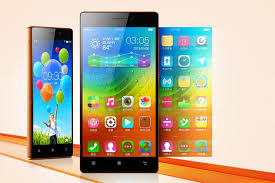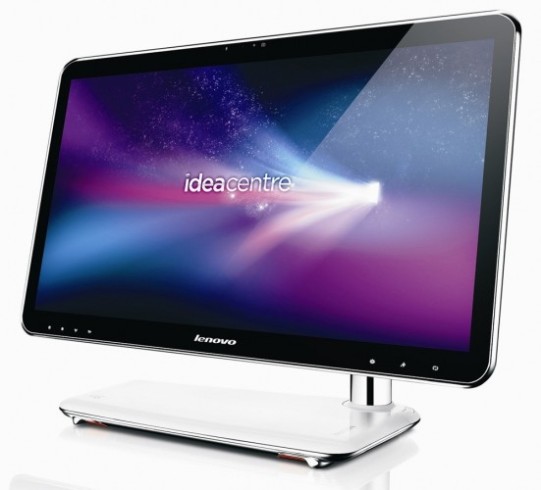The issue of distracted driving is something we’ll be contending with for quite some time, considering the rising demand for access to an abundance of devices and services in the car. Calling, texting, searching, Internet radio and now Facebook and Twitter integration – where does this end?
I get the sense that this question will be addressed when automakers unveil their latest creations at the Consumer Electronics Show (CES) in Las Vegas in January and the Detroit Auto Show to follow. It seems that as much as fuel economy, alternative energy and sensor systems are key parts of OEMs’ growth strategies, integrating mobile devices and online services is another pillar of the industry’s renaissance.
BMW has openly advertised its Twitter and Facebook integration via its ConnectedDrive system in its 2012 models, figuring that it’s something drivers really want. That may be true, but it seems strange to have the service work while a person is driving. Why not design so that the service can only work when the vehicle is at a complete stop?
In trying to make the system as safe as possible without losing an edge, it was designed to read updates and messages aloud, so drivers don’t have to look at a screen. But tweeting or ‘Facebooking’ is different than simply texting someone. There are a number of apps on smartphones, plus some OEMs who have integrated in their vehicles the ability to hear texts and then respond to them by voice.
The key difference with a text is that you’re responding to one person, rather than proclaiming something out in a social network. A simple audible “yes”, “no” or “OK” can be enough to respond to a text. Not only that, but some of these anti-texting apps will respond back to a text with a message telling them you’re driving and will be in touch shortly when you’ve stopped.
Neither texting nor social media integration can ever be described as a ‘need’ under any circumstances. That’s why phones can make calls, and I’ll take hands-free calling over touching my phone to text any day. Twitter and Facebook are arguably more distracting because there is so much going on at any given time. What’s to stop a driver from responding to multiple people after initially posting a status update on Facebook?
Though I never actually responded to anything, I tried the Twitter integration on the aftermarket Supertooth HD, and found it unnecessary. In that case, the social media element was an add-on that was free for the first six months, but required a subscription thereafter.
Could there be a moderating force somewhere in there? Would only diehard social media types be willing to pay the price for that kind of integration? Or is it more plausible that they’d opt not to pay and take bigger risks by doing it on their phones for free instead?
More than likely, they would attempt to do it anyway, which is probably what OEMs and the aftermarket are thinking. By ignoring that trend, they could lose out on good revenue. And so the cycle continues.
The explosion of mobile devices and pervasiveness of Internet access will continue unabated, especially with bandwidth that allows HD streaming in the car, among other things. The temptation for drivers to use these services is alarmingly high, as is the desire for OEMs and the aftermarket to profit from them.
Eliminating calling might be tough to do, but until texting and this kind of Twitter and Facebook integration is considered as taboo as drunk driving, it’s likely we’ll be seeing a lot more of this sort of thing – with potentially dangerous consequences.
December 23, 2011
Categories: TECHNOLOGY . Tags: consumer electronics show . Author: Gary Farnsworth . Comments: Leave a comment
 Lenovo is the latest tech company to join the wearable technology race, introducing its first fitness band called the Smartband SW-B100.
Lenovo is the latest tech company to join the wearable technology race, introducing its first fitness band called the Smartband SW-B100.






